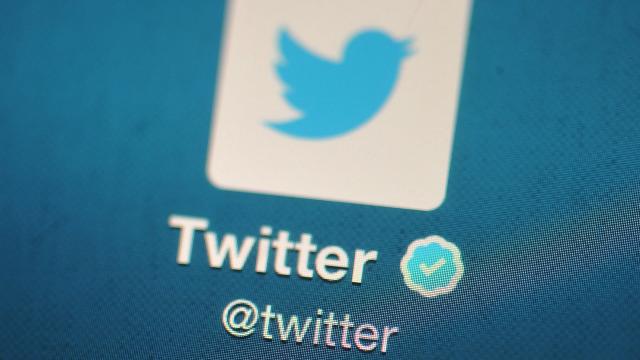The old adage about a lie travelling halfway around the world before the truth can get its boots on has been made true thanks to Twitter. According to a new study U.S. , the vast majority of people using the platform during disasters and breaking news events spread false information without ever getting it a second thought.
Researchers at the University at Buffalo examined more than 20,000 tweets sent during Hurricane Sandy and the Boston Marathon bombing. In their findings published in the journal Natural Hazards, they revealed between 86 to 91 per cent of the users spread misinformation by retweeting or liking tweets, and less than one in five people tried to correct the falsehoods.
The researchers honed in on four specific widespread, false rumours that made the rounds during the two major events. It found that Twitter users often expressed little to no scepticism when presented with those bits of fake news — most just clicked like or retweet and moved on. Just five to nine per cent of people sought to confirm the information by asking if it was correct, while as little as one per cent of users expressed doubt or said the original tweet was inaccurate.
Even once the tweets were debunked by trustworthy sources, users made little effort to make sure their followers were properly informed. Less than 20 per cent of users clarified the false information with a new tweet, and less than 10 per cent bothered to delete the tweet.
“These findings are important because they show how easily people are deceived during times when they are most vulnerable and the role social media platforms play in these deceptions,” Jun Zhuang, the study’s lead author, said in a statement.
The findings of the University at Buffalo seem to jibe with an MIT study earlier this year that found false news stories were 70 per cent more likely to be retweeted than true stories. MIT researchers also looked at tweets from the Boston Marathon bombing and found that facts took six times as long to reach 1,500 people as it does for falsehoods.
Much has been made of fake news since the 2016 presidential election, and companies like Twitter and Facebook have been urged to take action to prevent malicious actors from hijacking the platforms and using them for misinformation campaigns and propaganda.
The problem is, it’s often regular, everyday people spreading fake news with no real regard for whether it’s real or not. Social media platforms make it easier to spread that information, but people are inherently drawn to headlines that are sensational and cause an emotional rise. Often times, those stories just aren’t true.
Facebook has gone through a number of iterations in its attempts to limit the spread of fake news on its platform, occasionally to disastrous results. At one point the company placed red warning labels on debunked articles to discourage people from spreading them. That upset users who believed the stories to be true and resulted in the articles being shared even more.
Social media companies like Twitter and Facebook play a weird role here. They enable the spread of information, both real and fake. It just so happens users are much better at spreading the fake stuff, and now the companies are being pressed to serve as fact-checkers and gatekeepers when that was never their express intent. Social networks need to do better, sure. But so do the people who use those platforms.
